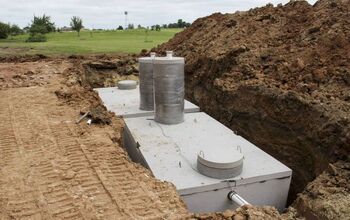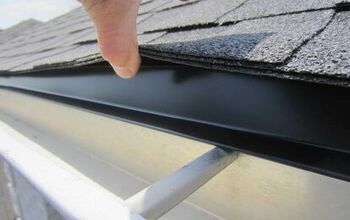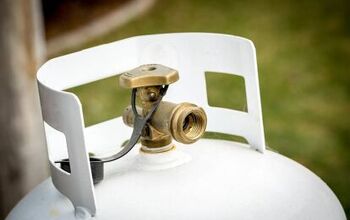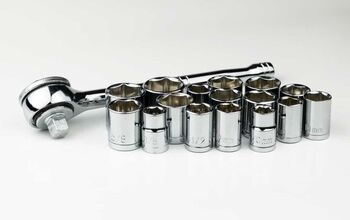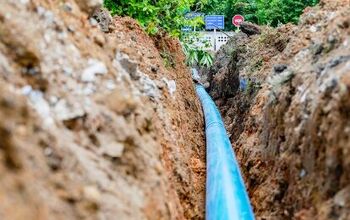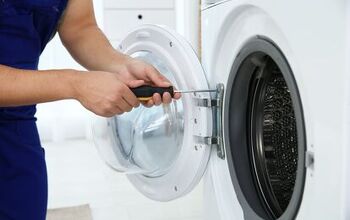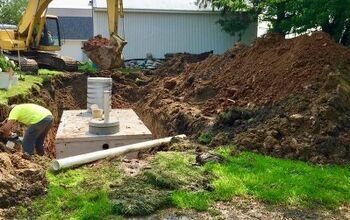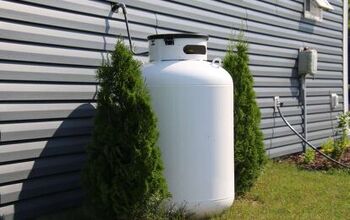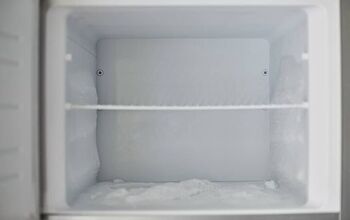Just Filled Pool With Water? (Here's Exactly What To Do Next)

If you’re a new pool owner, you might be wondering how to properly maintain your pool while keeping your family safe. When you fill up your pool for the first time, there are specific steps you have to take to make sure the water is ready for recreational use. So, what exactly do you do right after you fill your pool with water?
After you fill your pool with water, it’s essential to complete the following steps: Test the water; balance the pH, total alkalinity, and calcium hardness; check for metals; and add a clarifier, sanitizer, and algaecide. Once the above steps are complete, your pool should be safe for recreational use.
In this article, we will talk about the importance of testing the water, as well as the steps to take after you fill your pool. That way, it’ll be nice and fresh for you to take a dip in at any time.
Do You a Need Pool, Spa, or Hot Tub Contractor?
Get free, zero-commitment quotes from pro contractors near you.

Testing The Water
After your pool is filled with water, your first step should be to make sure you have a proper pool testing kit. Testing indicates which chemicals (and how much of each!) are needed to ensure pH, total alkalinity, and calcium hardness are balanced. Additionally, testing kits will detect the presence of any unwanted metals.
Testing kits are available at your local pool store and online from as cheap as $20 to $100+, depending on how comprehensive of an equipment you’re looking for.
Which Chemicals Do I Need To Add To A Freshly Filled Pool?
Once you’ve tested your pool’s water for pH, total alkalinity, calcium hardness, and detected any metals, it’s time to make the necessary adjustments.
Testing The pH Level
pH balance is the measure of how acidic the water is. The pH scale goes from 0-14, with 14 being the most basic and 0 being the most acidic. The pH value of 7 is neutral on the scale. The recommended pH range for swimming pools is between 7.2 and 7.6, with 7.4 being ideal.
If the pH in your pool is off even a little bit, the pH of the water will damage to your pool system. Additionally, swimmers will complain of irritation to the eyes and skin. The most common way to raise pH levels is by using soda ash. Experts recommend using 6 ounces for every 0.2 pH points you need to raise 10,000 gallons of water.
How Much Soda Ash Do I Need?
To add the appropriate amount of soda ash to your pool, add clean water and soda ash to a bucket. Then, pour it around the edge of the pool.
Keep the pump on during this time, so the soda ash and water mixture are evenly distributed. Once you’ve done this, wait about an hour, and test the pH levels again. You may need to make small adjustments to get the pH levels precisely right.
Total Alkalinity
Similar to pH levels, total alkalinity levels that are too low or too high can have damaging effects on pool equipment. The ideal full alkalinity level is between 80 and 120 ppm. If total alkalinity levels are below 80 ppm, buy an alkalinity increaser product containing sodium bicarbonate. Or, you can use baking soda as a substitute. You can use a pool volume calculator to estimate how much of either product to use.
If your total alkalinity levels are above 120 ppm, products including muriatic acid and sodium bisulfate will do the trick to lower alkalinity levels. After you adjust total alkalinity levels, check pH levels as well. Adjusting for total alkalinity can alter pH levels in the process.
Calcium Hardness
Similar to pH levels and total alkalinity, maintaining the proper calcium hardness in your pool is crucial to preventing corrosivity. The ideal range for calcium hardness is 150-400 ppm. If your calcium hardness is lower than that, you must manually add calcium or magnesium back into the pool. The easiest way to do this is to use a calcium hardness increaser, sold at your local pool store or online.
If your calcium hardness levels become high, the pool water can become cloudy and may clog the flow of water in and out of the pool. To lower your calcium hardness levels, drain your pool, and replace the hard water with fresh water.
Checking For Metals
The easiest way to check for the presence of metals in your pool is by purchasing a metal test kit. They may or may not be included in the test kits mentioned at the beginning of this post.
If your test kit results are positive, remove the presence of metals in your pool by using pool metal removal chemicals. One method for eliminating chemicals is by using the CuLator Powerpak. This product absorbs up to 4 ppm of unwanted iron and copper within a 30-day period and fits into your pool’s pump basket.
Adding Clarifier
Once you’ve adjusted pH, total alkalinity, calcium hardness, and metals, it’s time to add a clarifier to your pool. A clarifier removes all of the tiny particles that enter the pool while filling it up. You can find clarifiers for between $5 and $20 at any pool supply store, Target, and online. It works by combining the tiny particles found in a pool together. The pool filter will remove these particles after 24 hours.
After the clarifier is applied to the pool, make sure the filter system has one full day to work its magic before you move on to the next step: sanitizer.
Adding Sanitizer
Just as it sounds, sanitizer “shocks” the poo l by destroying all organic waste still in the water. All algae and bacteria will be destroyed after this process is complete. To complete the shocking process, buy the shocking mixture from any pool store or stores like Home Depot or Lowes. It will cost around $50 for 24 lbs, depending on the brand.
Before adding the shock to the pool, make sure the pump is running. Then, pour the shock around the edges of the pool and let the pump run for around six hours.
Test the water to ensure proper free chlorine levels. They should be between 1 and 3 ppm.
Adding Algaecide
Add algaecide to the pool after each shock treatment so that it has a better chance to support chlorine. Add the recommended amount of algaecide, and make sure to test your pH levels after you do so.
Alternatives To Chemicals
Now, if you’re hesitant about putting chemicals in the water, we understand entirely. There are a couple of other things that you can do that are just as good as using the substances. For instance, converting your pool into a saltwater pool will help immensely, and you won’t need to use chemicals.
Additionally, you will want to add a pool filter that will help pull all the gunk from the water and then sweep the top of the water with a net daily. What it comes down to is keeping up on the maintenance. If you have all the chemicals in your pool, but you don’t take care of it, those chemicals won’t keep your water clean. You still need a filter and a pool net.
How Often Should I Change My Pool Water?
If you took the time to follow the above steps and keep up with daily, weekly, and monthly maintenance, your pool water should last you about five to seven years. On the other hand, if you don’t treat your water or take the immediate steps that are necessary, your water isn’t going to last longer than a few weeks.
Related Questions
Do I have to drain my pool at the end of each season?
You don’t have to drain the entire pool at the end of each season, but you should at least drain a portion of the water to winterize your pool. You’ll also need a pool cover to keep debris out and take care of your pump according to your manufacturer’s instructions to winterize your pool correctly.
Is above ground pool maintenance the same as inground pool maintenance?
Generally speaking, yes. The chemical and testing process is the same for both above ground and inground pools. However, the amount of chemicals put into each varies widely based on the volume of water and general pool size, so make sure you calculate each correctly.
Why is the water in my pool cloudy?
There are many reasons that your pool water is cloudy. The most common reasons include poor circulation, improper water balance, and calcium hardness. To fix poor pool water circulation, clear the skimmer baskets and pump strainer baskets. To fix the wrong water balance and calcium hardness, use the above-mentioned test kit to test each problem.
Do You a Need Pool, Spa, or Hot Tub Contractor?
Get free, zero-commitment quotes from pro contractors near you.

Wrapping Up
Getting your pool ready for use for the first time can be overwhelming. Following the above steps will ensure that you and your family remain safe and happy while in the water. While the thought of chemicals mixing in your water can be unfavorable, there are other alternatives you can choose rather than the chemicals. For instance, you can convert your pool into a saltwater pool to keep your swimming water healthier and keep down on the maintenance costs.
Related Guides

We are a team of passionate homeowners, home improvement pros, and DIY enthusiasts who enjoy sharing home improvement, housekeeping, decorating, and more with other homeowners! Whether you're looking for a step-by-step guide on fixing an appliance or the cost of installing a fence, we've here to help.
More by Upgraded Home Team



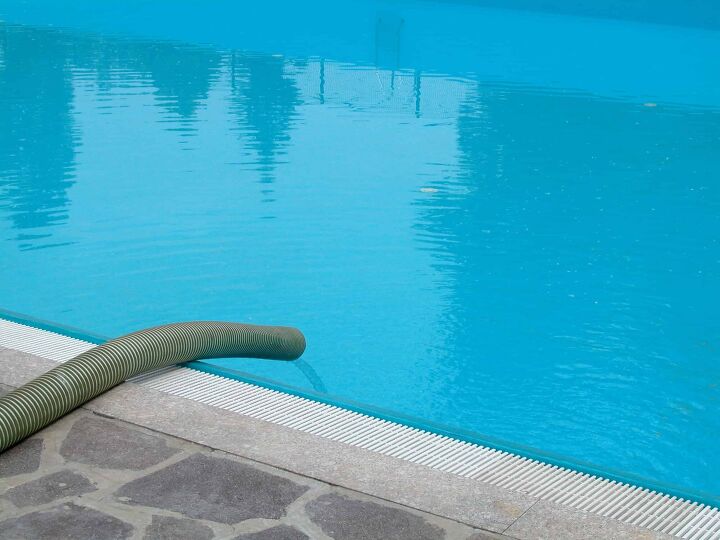






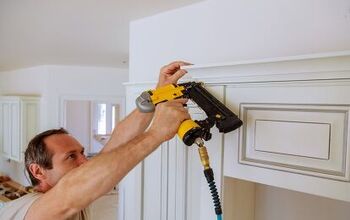

![The 5 Best Angle Grinders – [2022 Reviews & Buyer's Guide]](https://cdn-fastly.upgradedhome.com/media/2023/07/31/9071326/the-5-best-angle-grinders-2022-reviews-buyer-s-guide.jpg?size=350x220)
![10 Best Zero Turn Mowers – [2022 Reviews & Ultimate Buyer's Guide]](https://cdn-fastly.upgradedhome.com/media/2023/07/31/9070522/10-best-zero-turn-mowers-2022-reviews-ultimate-buyer-s-guide.jpg?size=350x220)

